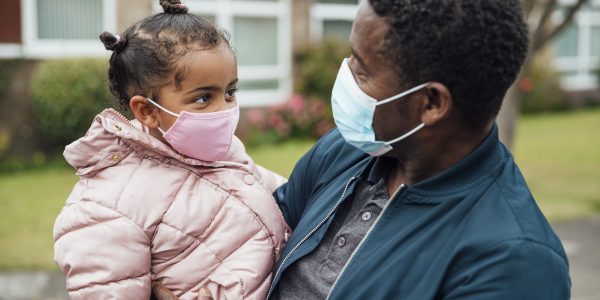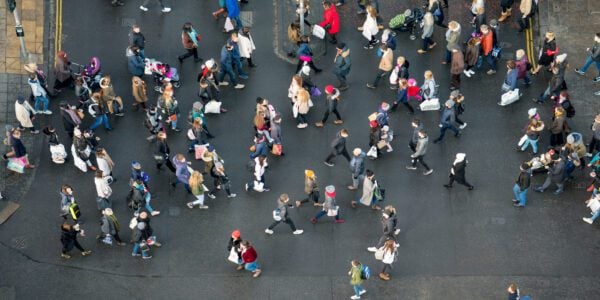There is a misplaced view that the UK’s economic competitiveness is narrowly built on banking, and that it should be based on manufacturing. This view distracts from building on the UK’s advantages in a wider range of industries – including the arts, biomedical sciences, and intellectual property – and overcoming the inequality challenges they can pose.
Enduring strengths – the 17th report for The Economy 2030 Inquiry, a collaboration with the LSE and funded by Nuffield Foundation – examines what the key strengths of the UK economy are as well as the opportunities, and challenges, they bring.
The UK stands out as a service-oriented economy, with services comprising nearly half of UK exports in 2019 (47%) – roughly twice the OECD average of 25% – making the UK the second biggest exporter of services in the world.
But while the UK is well known for exporting financial and business services (which account for 9 and 7% of total exports respectively), other services are also prominent – with financial services actually falling as a share of exports from 12% in 2009 to 9% in 2019, despite services growing from 44 to 47% over the same period.
The report finds that the UK is highly specialised in personal, cultural and recreational services and charging for the use of intellectual property – specialisms which have seen average annual growth of around 6% over the past decade.
While the UK stands out for being a broad-based services exporter, it also has notable advantages in several growing goods categories, including pharmaceuticals, beverages, aircraft and works of art. These four categories combined account for 8% of UK total exports, worth $65.5 billion in 2019.
The report notes that recent political and economic debate focused on reorienting the UK economy away from services and towards more manufacturing ignore the reality that a country’s export specialisations are very persistent. Seven of the top 10 products in which the UK was most specialised in 1989 remained in the top 10 in 2019, with the top two then – financial services and beverages – still the top two today.
This reorientation would also require huge additional investment – of approximately 2% of GDP for a decade – in order to close the gap between the UK’s current position and the average levels of physical and human capital in manufacturing-dominant economies.
The report adds that just as policy makers should face up to the reality that the UK will be a services-oriented economy in future, they should confront the particular challenges that brings with it for gaps between people and places.
Workers in tradable services – such as banking – are 60% more likely than the average worker to be in the top 5% of earners. In contrast, workers in the tradable goods sector are more likely to be upper-middle earners.
The report adds that as tradable services tend to be concentrated in more productive areas of the country – with London both the most productive area and the largest exporter of services relative to the size of its economy – a focus on boosting these sectors reinforces spatial inequalities in the UK, unless action is taken to broaden their economic footprint.
Krishan Shah, Economist at the Resolution Foundation, said:
“The UK has a more diverse range of economic strengths than many people think – from arts and aircraft, to biomedical sciences and beverages.
“An economic strategy which builds on these specialisms and innovates in areas close to the UK’s current mix of exports offers substantial gains, while reorienting the economy towards manufacturing – as some have encouraged – risks squandering the UK’s significant long-term economic strengths.
“At the same time, policy makers need to recognise the UK’s export specialisms seem to reinforce pay inequality and regional gaps.”






















































